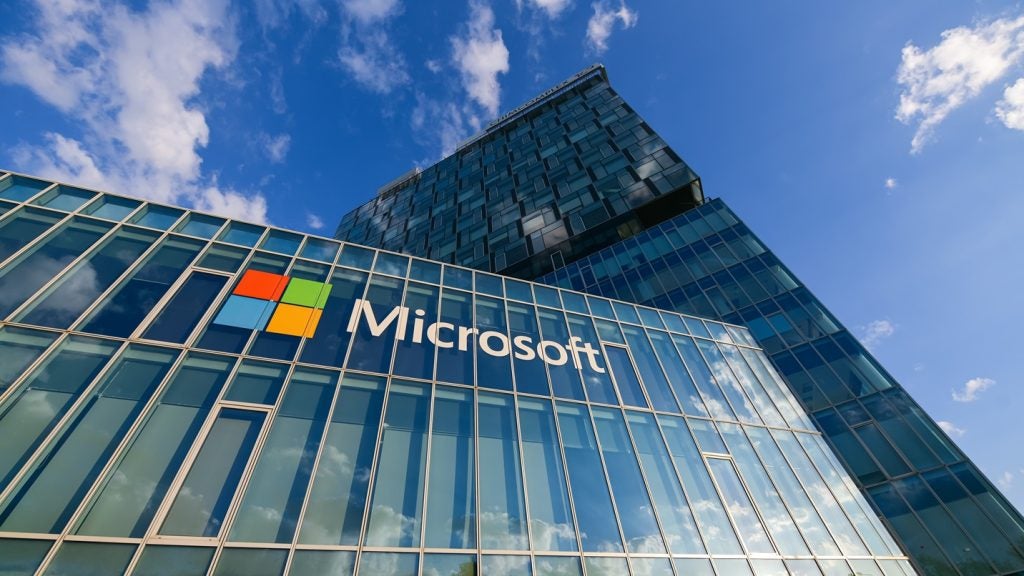Workday has filed a patent for a semantic search framework that enhances the search feature of database-hosted data. The framework improves search configuration and execution by contextualizing search requests to a universally understood theme, overcoming language barriers, and retrieving relevant and accurate results. The framework can also filter search requests to expand its breadth while focusing on the requested content. The patent includes computerized systems and methods for topical content search based on query strings and generating a results set aligned with the theme of a survey’s feedback. GlobalData’s report on Workday gives a 360-degree view of the company including its patenting strategy. Buy the report here.
According to GlobalData’s company profile on Workday, Blockchain-based property authentication was a key innovation area identified from patents. Workday's grant share as of September 2023 was 75%. Grant share is based on the ratio of number of grants to total number of patents.
Semantic search framework for improved and accurate database searches
A recently filed patent (Publication Number: US20230315768A1) describes a method for improving search requests by using word embeddings and predictive models. The method involves receiving a search request with a character string that has a defined meaning. The device then converts the search request into a word embedding, which contains information representing the defined meaning. The word embedding is compared against a plurality of other word embeddings, and a similarity measure is determined for each comparison.
To determine the similarity threshold, the word embedding is inputted into a predictive model, and the output of the model is used as the threshold. The determined similarity measures are then compared to the threshold, and a set of word embeddings is identified where each embedding satisfies the threshold. From this set, a subset of word embeddings is selected, and a corresponding set of terms is identified.
The method also includes analyzing the search request and identifying data and metadata related to the request. This data and metadata can include information such as the defined meaning, user identity, time stamp, location, network address, access rights, and length of the search request. This additional information helps in converting the search request and improving the search results.
The plurality of word embeddings used in the method can be derived from feedback from surveys or comments provided by respondents to a survey. This allows for a more comprehensive and diverse set of word embeddings to be compared against the search request.
The patent also mentions the option of using a fixed value as the similarity threshold. Additionally, the similarity threshold can be determined by generating sub-bands associated with minimum and maximum similarities and selecting random word embeddings from each sub-band. The similarity measurement of a randomly selected word embedding is then used to generate the similarity threshold.
The patent also includes claims for a non-transitory computer-readable storage medium and a device that implement the described method. The device includes a processor that performs the steps of receiving the search request, converting it into a word embedding, comparing it against other embeddings, determining similarity measures, and selecting subsets of word embeddings.
Overall, this patent describes a method for improving search requests by using word embeddings, predictive models, and additional data and metadata. The method aims to enhance search accuracy and relevance by considering the context and meaning of the search request.
To know more about GlobalData’s detailed insights on Workday, buy the report here.
Data Insights
From

The gold standard of business intelligence.
Blending expert knowledge with cutting-edge technology, GlobalData’s unrivalled proprietary data will enable you to decode what’s happening in your market. You can make better informed decisions and gain a future-proof advantage over your competitors.







